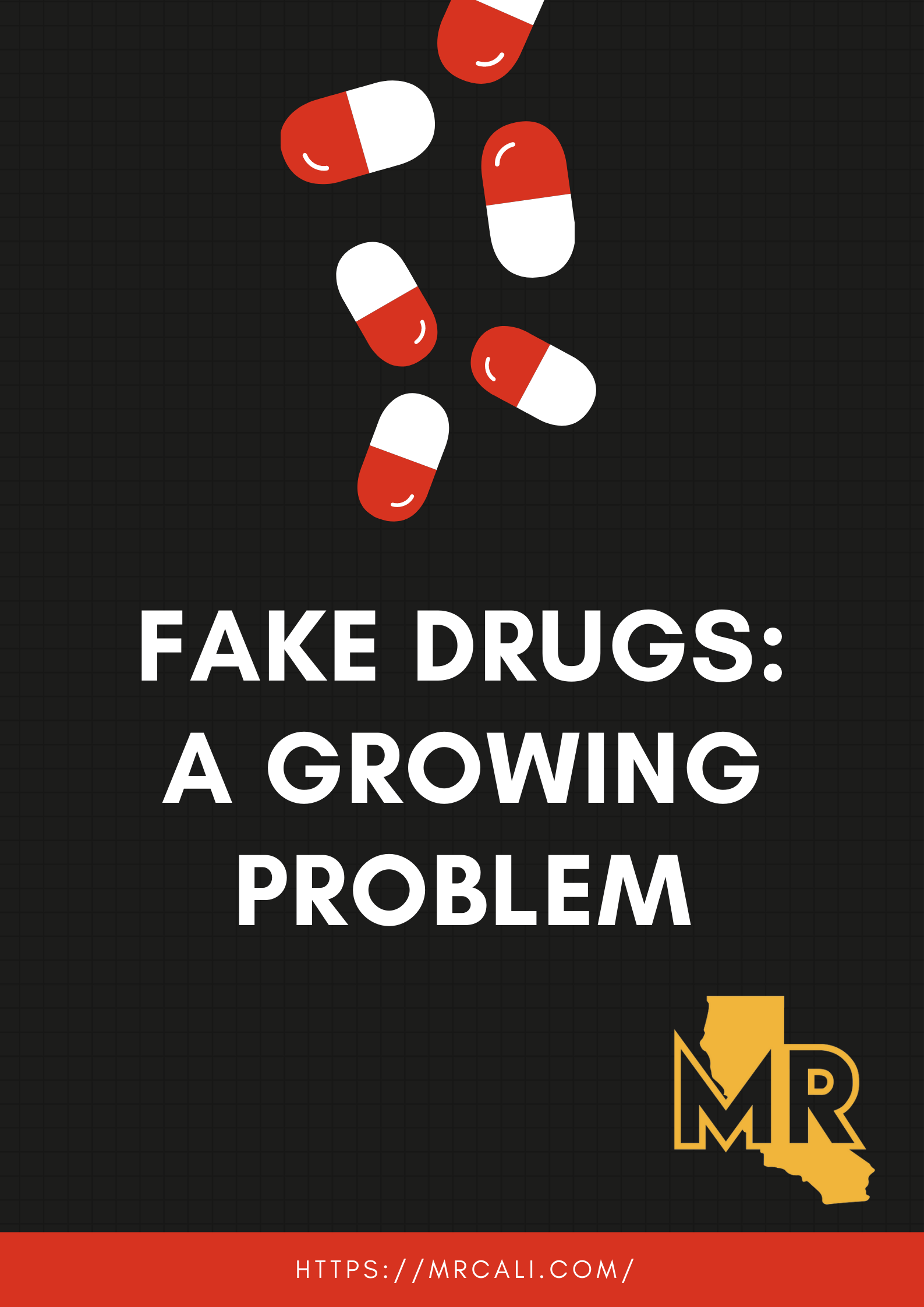Prescription medication costs can vary considerably, so it’s not surprising that many people shop around for the best prices. Unfortunately, some of those great deals are counterfeit medications—and the number of fake drugs in the country is growing at an unprecedented rate.
Some of the most common fake medications in the United States are painkillers and pills for chronic conditions like diabetes, HIV, and Alzheimer’s. Instead of the medicine a patient needs, these fakes might not have any of the active ingredient they’re supposed to have, or they may have a completely different active ingredient.
In some cases, the pills are made of things you would never purposely ingest, from concrete to floor wax to antifreeze. To make matters even worse, the Drug Enforcement Administration says an increasing number of these fakes are mixed with dangerous drugs like fentanyl or methamphetamine. Fentanyl in particular is lethal at extremely small doses (small enough to fit on the tip of a pencil). The DEA says lab analyses reveal that two out of every five fake pills with fentanyl contain a potentially lethal dose—a very scary prospect.
The DEA says the majority of counterfeit medications come from China and Mexico, and since they’re specifically designed to look like the real thing, they can be very hard to identify. In September 2021, the DEA reported having seized more than 9.5 million fake pills since the start of the year with every single state represented on the list.
Experts recommend consumers make sure they’re getting prescriptions filled at licensed pharmacies only. You can learn more about what common counterfeit medications look like, their potential dangers, and how to protect yourself on this site: https://www.dea.gov/



